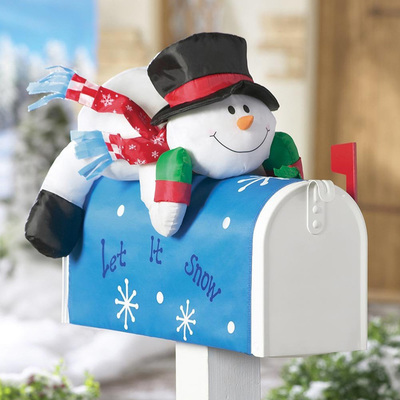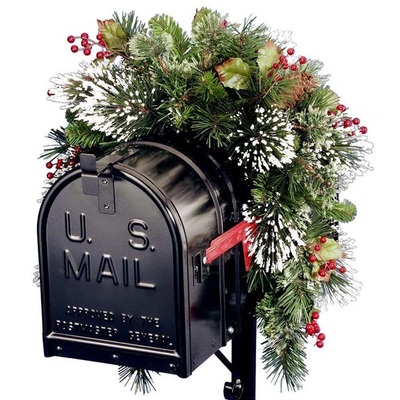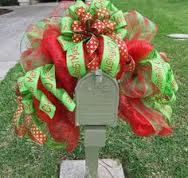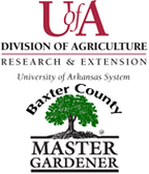|
Ozark Green Thumb BCMG Monthly e-Newsletter |
|
|
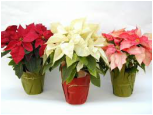 Latin: Euphorbia pulcherrima Walk into any business selling groceries, discount merchandise, hardware, home supplies or plants, and you have to be careful not to trip over all of the poinsettias. This tropical flower in the spurge family is native to Mexico and has become the symbol of Christmas the world over. Like many of our common plants, it is largely an invention of the 20th Century even though it was first introduced to the United States in 1829. The poinsettia carries the common name of the person introducing it to the U.S., the first ambassador to Mexico, Joel R. Poinsett (1779-1851) from Charleston, S.C. Poinsett was an important figure in American history prior to the Civil War, serving not only as ambassador, but also as senator for South Carolina and Secretary of War during the Van Buren administration. As Secretary of War, between 1837 to 1841, Poinsett saw troops under his command involved in fighting Seminole Indians in Georgia and Florida and moving the Cherokees remaining in the East to Oklahoma Territory, a process which had begun a decade earlier. Poinsett County Arkansas, established in 1838, is named after Joel Poinsett. As senator, Poinsett led a group of politicians and founded an organization known as the "National Institute for the Promotion of Science." The group promoted the use of a 100,000-pound sterling bequest from Englishman James Smithson to develop a national museum for the relics, both industrial and natural, of the new country. This group eventually led to the establishment in 1846 of the Smithsonian Institution. The adoption of the common name "poinsettia" is due to a botanical tug-of-war that occurred between 19th Century botanists as they struggled to classify and name the plants that were coming to them from throughout the world. Robert Graham (1786-1845), a botanist in Edinburgh, Scotland, classified the plant as a new species and called it Poinsettia pulcherrima, with the new generic name honoring Poinsett and the species name translating from Latin as "very handsome" in reference to the flowers. This name was accepted by our leading botanical figure of the time, Harvard’s Asa Gray who was a friend of Graham. Meanwhile, in Berlin J. F. Klotzsch, the Curator of the Royal Herbarium, was studying the collection of an earlier German botanist, Karl Willdenow (1765-1812), who had tentatively classified the plant as a member of the genus Euphorbia. Eventually the botanists all agreed that Klotzsch was right, but by this time the name poinsettia had become entrenched as the common name for the flower. After the Civil War, the poinsettia began to appear sporadically in East Coast greenhouses around the Christmas season. It was not until the turn of the century, when the Ecke family in California began growing poinsettias as a cut flower, that it really took off and became the floral symbol of Christmas. Today, the poinsettia is the largest single horticultural crop, with between 40 and 50 million pots sold each season. The popularity of the modern poinsettia is due -- in part -- to its almost complete indestructibility. It should have as much light in the home as possible and be kept moist, but never standing in water. Allowing the plant to dry out will cause the leaves to drop. Poinsettias should be kept above 55 degrees. Even given minimal care, it should be an easy chore to keep the plant looking good until you tire of its presence on your coffee table in January. While the poinsettia is not poisonous, all plants should be kept out of the reach of toddlers that might want to go grazing on your holiday flowers. Source Gerald Klingaman, retired Extension Horticulturist - Ornamentals Extension News - December 18, 1998
0 Comments
 Parsnips were popular with the ancient Greeks and Romans, and have been grown in America since the first colonists brought them over from Europe. Although they take a long time to mature, their flavor is worth the wait. Parsnips are tasty by themselves, as well as in soups and stews. Parsnips require a long growing season (100 to 130 days) to mature. They tolerate frosts and can be harvested just before the ground freezes or left in the ground over the winter. Time seed sowing for harvest just after the average first fall frost date. In areas with mild winters, you can also sow seeds in the fall from September through November. Purchase fresh seeds each year. Select a site with full sun to light shade and deep, well drained soil. Prepare the garden bed by using a garden fork or tiller to loosen the soil to a depth of 12 to 15 inches, then mix in a 2 to 4 inch layer of compost. Work soil at least a foot deep to remove rocks, clods, and other obstructions. In heavy soils, form raised beds about 4 to 6 inches high. Soak seeds for 24 hours before planting. Sow them seeds 1/2 inch deep, 2 seeds per inch in rows or beds. When planting in heavy soil, cover seeds with vermiculite so the seedlings can emerge easily. Parsnip seedlings will emerge in 2 to 3 weeks. Thin well established seedlings to stand 3 to 6 inches apart, depending upon how large you want your roots. Keep the rows weeded with shallow cultivation and water plants during the summer if rainfall is less than 1 inch per week. Parsnips are generally pest and disease free. For the best tasting parsnips, harvest before the ground freezes, but after a few frosts or leave them in the ground through the winter. If you store parsnips in the ground, cover them with a thick layer of organic mulch. Harvest immediately after the ground thaws in the spring. Source: National Garden Association 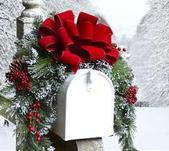 As the holidays rapidly approach, the excitement of seeing the first glimpse of decorations causes a stirring in each of us. What better place to extend a first impression with family and friends than at your mailbox. The curb appeal of a decorated mailbox signifies a "warm welcome" with festive glamour! Add a pop of color with annuals or perennials, Vines, ornamental grasses, or shrubs may be used as well to enhance your mailbox decorations and overall landscape of the home. When decorating your mail box, incorporate seasonal color, personality, style and creativity. "Think outside the mailbox" as you spread the joy and excitement to reflect the theme or occasion at hand. It can be as easy as clipping greenery and gathering other natural elements right from the woods or your own backyard. Add some amusement buy making it a family tradition to decorate the mailbox each year. The fun and excitement can extend from season to season and will be sure to set the atmosphere of the holiday. The celebration of winter and Christmas is one of holiday sparkle and beauty.There is no better time to use nature's greenery pine cones, nuts, and berries to decorate your mailbox. Natural twigs, branches, empty bird nests, birdhouses and pine cones are easily "glammed" up by adding paint, glitter or frost. Charming ribbon and beautiful Christmas balls enhance and complete the creation. Easily accessible materials make it simple and less time consuming. Mailbox Musts Before starting your project consider parameters of the mailbox area, Choose plants based on color, height, texture and hardiness.
DECEMBER GARDEN CHECKLIST
Telephone: 425-2335 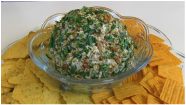 Great to take to a party or potluck! Ingredients:
 This makes a hearty dinner for cold winter nights. Oven: 400 degree Time: 40 Minutes Ingredients:
Directions:
|
Archives
April 2022
|
|
